Terrible events happen every day, all over the world. Unfortunately, most people aren’t prepared for them. In fact, there are many aspects of our day-to-day life that create a false sense of security. Our homes, places of work, even the schools we allow our children to go to. The truth is, anyone can be the victim of violent crime. Schools and daycares are the most vulnerable to such heinous acts. That’s why we recommend preparing teachers for a school shooting so that they can protect themselves and their students.
Start With The Little Ones
When it comes to safety, our future leaders need to come first. Somewhere in an elementary school, there’s a little booger-picking kid that will no doubt be a future president. A Nobel prize winner. The scientist who will stop world hunger or global climate change.
Those kids need strong and competent leadership now, and aside from their home, it starts in the classroom. Their teachers and leaders need to be prepared to protect them beginning with drills, tough conversations, and being a strong role model. Not only that, but teachers have a tendency to create conversations that do not elicit fear, paranoia, or adverse reactions that negatively impact the children’s safety.
Drills And Policy
Most schools follow procedures to something along the lines of lockdown protocols. These are great for school and district-wide policies. These training protocols should be school-wide and create a smooth transition for personalized training in the classroom. While your school district will put out a blanket policy and training, it is important to get your kids ready on a smaller scale.
Other Resources
Small scale starts with hard conversations in small groups, and getting the kids to talk to each other about fears and questions they may have. Your students don’t have to all get along–high school drama sucks–but they need to be able to have each other’s backs in the event that a shooter walks into the room.
If the conversation is tough to start, try bringing in a police officer to start these conversations and help monitor the small groups. Social workers or other figures of authority from outside of the students everyday routine will also hit home.
Self-Reliance and Protection
It should never, ever, come down to your students needing to directly protect themselves or those around them. But sometimes the worst case scenario happens, and your students need to be able to visualize what they will do to protect themselves and others.
Now, this is by no means telling you that the students need to jump in front of a bullet or put themselves in harm’s way. Rather, there are brainstorming techniques teachers can use for students to come up with clever and safe ways to distract the shooter, so they can work together to get to safety. They can throw things at the shooter, move furniture in front of the door, or as morbid as it sounds, they could play dead.
Regardless of the policy that comes down from the district, these are ideas for your teachers to have with their students that could potentially save someone’s life.
Our Teachers: Their Options
Like any work organization, it’s easy to want to blow off annual training. You’ve been there, done that, and got the T-shirt, right?
Wrong.
Tactical Training
When it comes to protecting students in the classroom, it should be a top priority, and teachers should be going the extra mile to be prepared. As a role model for the future leaders of our country, teachers have dozens of options to prepare themselves. Tactical training means a wide range of things: conceal carry, tactical laser training, self-defense courses, ALICE training, and many more. *link to these articles we’ve previously written*
These options might sound intimidating, but teachers could be the last line of defense for their students. And regardless of your political leaning, getting some form of tactical training will also benefit the teachers themselves, their families at home, and their students at school. Check out the above links on the different types of tactical training.
Planning and Preparation
Half the battle is preparing your teachers mental state to react at a moments notice to danger. They need to have the classroom layout memorized along with the protocols established by the school district.
The teachers should also be tested on their knowledge. They need to know how to navigate, when to run and hide rather than confront, how to read the noise of shooting in the hall, and so much more. There are detailed courses out there for teachers to take on this information, and they should be tested on it regularly. In addition, veteran teachers and legacy staff should be willing to lead new teachers and staff to make sure every single person is ready and willing to be trained and is done so to ensure they are confident in the face of danger.
Staff-Wide Conversations
Part of the training should be having conversations with other teachers. If they are going to expect the students to have conversations with each other about it, then they need to as well. Part of these conversations will help you learn who is willing to go the extra mile for their students, and who is not and how each person plays a role in the scenario. If a teacher is fearful, trust them to make the call and set a plan in motion. If a teacher is confident in their training, allow them to be one of the first to investigate and read the situation at hand
In the end, no one will ever be 100% ready for every emergency, and that’s okay. However, we have had enough school shootings that we know how to be prepared for them. Rather than allow history to constantly repeat itself, let’s get our nation’s teachers prepared to protect their students and themselves, from a variety of training choices, to avoid the worst case scenario.


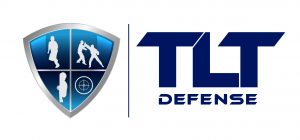
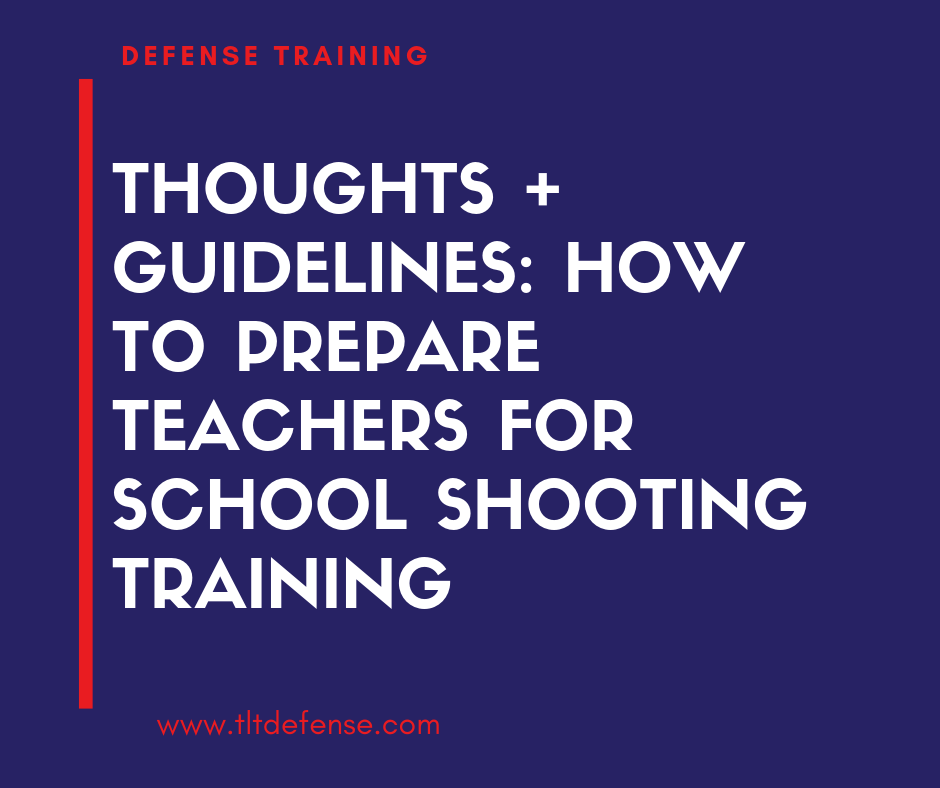
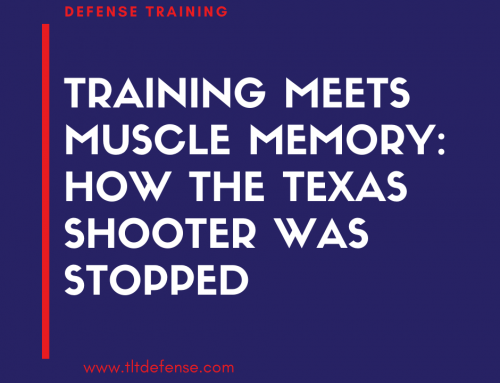
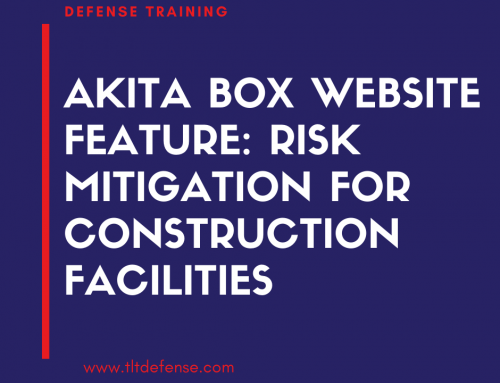
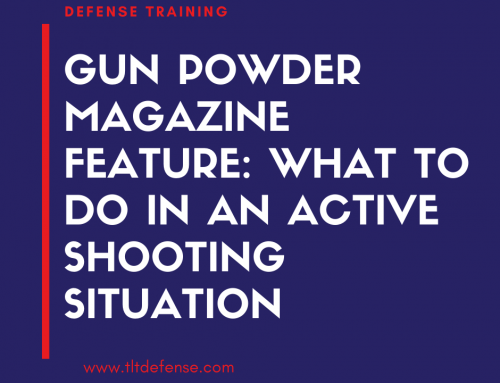
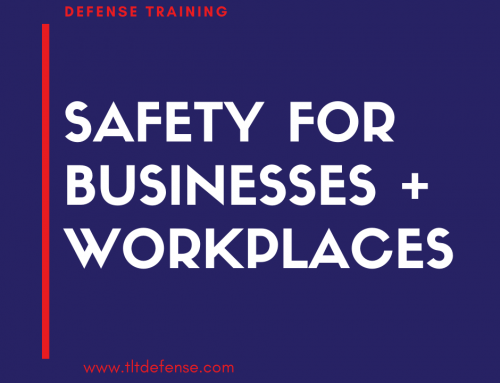
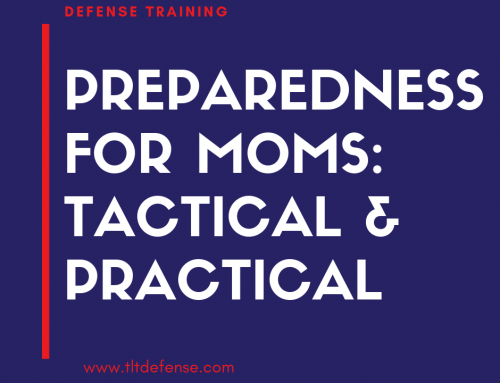
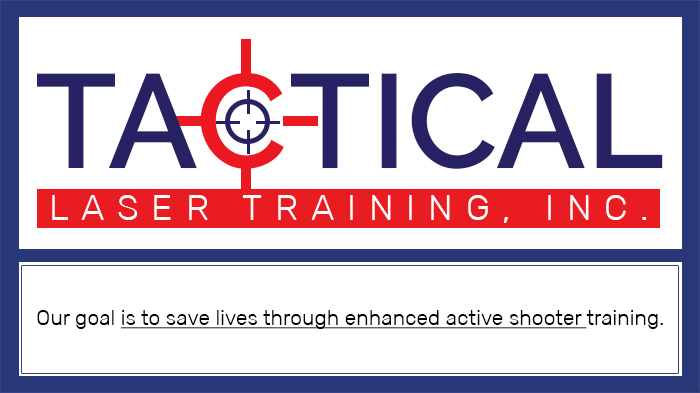
Social Contact